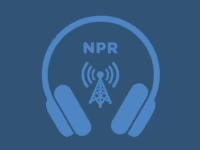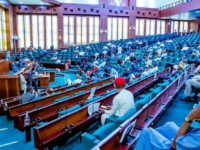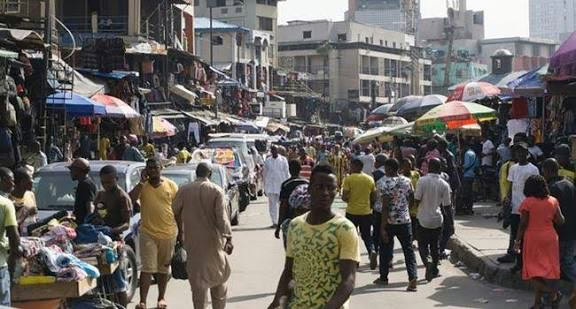Despite the federal government’s reform efforts that have boosted revenue across all levels, approximately 139 million Nigerians remain trapped in poverty, according to the World Bank Group.
Mathew Verghis, the World Bank’s Nigeria country director, revealed this during the unveiling of the Nigerian Development Update in Abuja on Wednesday, October 8.
He highlighted that poverty began escalating in 2019, triggered by policy errors and external shocks such as the COVID-19 pandemic, and has continued to worsen even after the implementation of reforms.
Verghis pointed out that Nigeria’s economy has shown signs of recovery, with increased revenues, improved debt metrics, a more stable foreign exchange market, growing reserves, and easing inflationary pressures.
He remarked, “These indicators reflect the kind of stabilization progress we aim for. These are significant milestones. Yet, despite these improvements, many Nigerians still face hardships. The majority of households are grappling with diminished purchasing power.”
“By 2025, it is estimated that 139 million Nigerians will be living below the poverty line. The critical question remains: how can the benefits of these stabilization reforms be translated into tangible improvements in living standards for everyone?” he added.
Verghis stressed the urgency of curbing inflation-especially food inflation-optimizing public expenditure, and broadening social safety nets to combat widespread poverty and ensure that the population reaps the rewards of reform.
“Food price inflation disproportionately impacts the poor and risks eroding public support for reforms. It is essential to deploy public funds efficiently to drive meaningful development outcomes and to expand social protection programs so that the most vulnerable receive adequate assistance,” he explained.
Presenting the report’s key findings, Samer Matta, the World Bank’s lead economist for Nigeria, noted a significant rise in gross revenues from federation allocations over the first eight months of 2025.
However, Matta criticized the substantial deductions made by revenue collection agencies, pointing out that these do not contribute to the country’s development.
He described the economic outlook as cautiously hopeful, underpinned by steady growth, easing inflation, fiscal discipline, and a robust external position, though risks remain.
The report forecasts Nigeria’s GDP growth to modestly increase to 4.4 percent by 2027, fueled by a resilient services sector, a revival in agriculture, and enhanced industrial output within a more stable macroeconomic environment.
Inflation is expected to decline to 15.8 percent in 2027, supported by stringent monetary policies and reduced supply-side pressures. The fiscal deficit is projected to average 2.7 percent of GDP between 2026 and 2027, aided by increased tax revenues and lower interest expenses, keeping public debt steady at around 40 percent of GDP.
The analysis also highlights increased expenditure by both federal and subnational governments. Notably, subnational governments have boosted their capital spending, which now constitutes approximately 60-65 percent of their budgets, rising from nearly 1 percent of GDP in 2022 to an anticipated 2.7 percent in 2025.
Conversely, federal government spending remains heavily weighted towards wages and salaries, accounting for about 70 percent of its budget, limiting the scope for capital investments.
The report cautions that the outlook is vulnerable to several challenges, including fluctuations in oil prices, reform fatigue, political uncertainties linked to upcoming elections, and climate-related shocks.























0 Comments